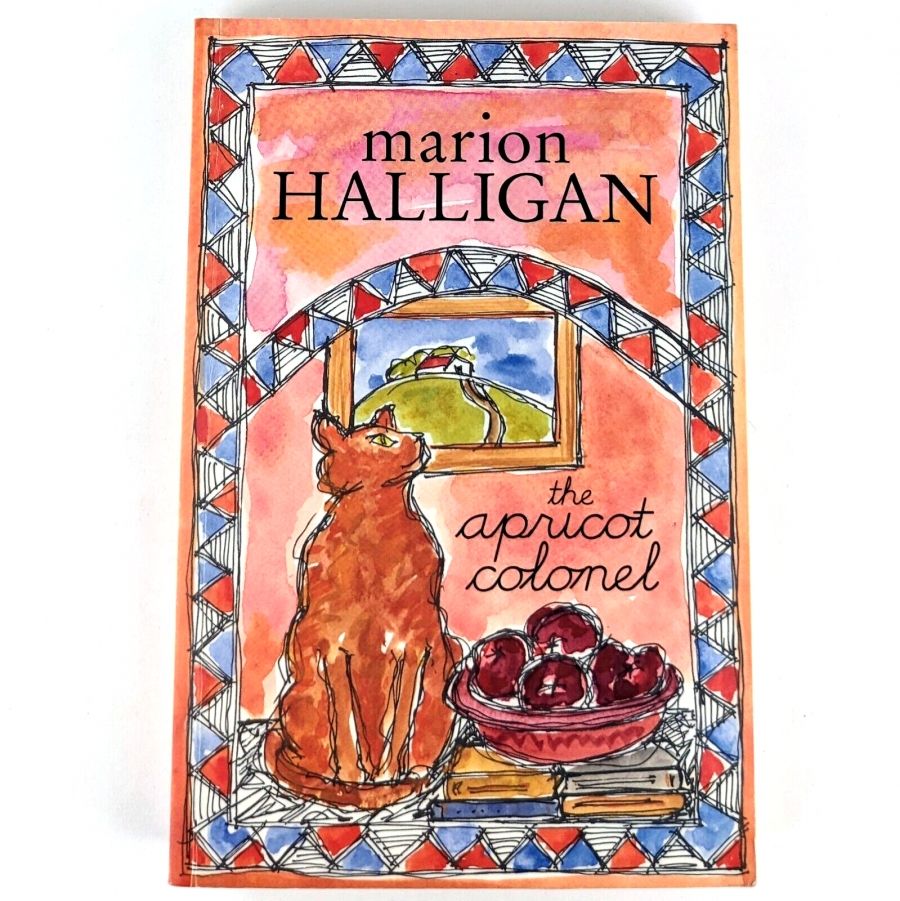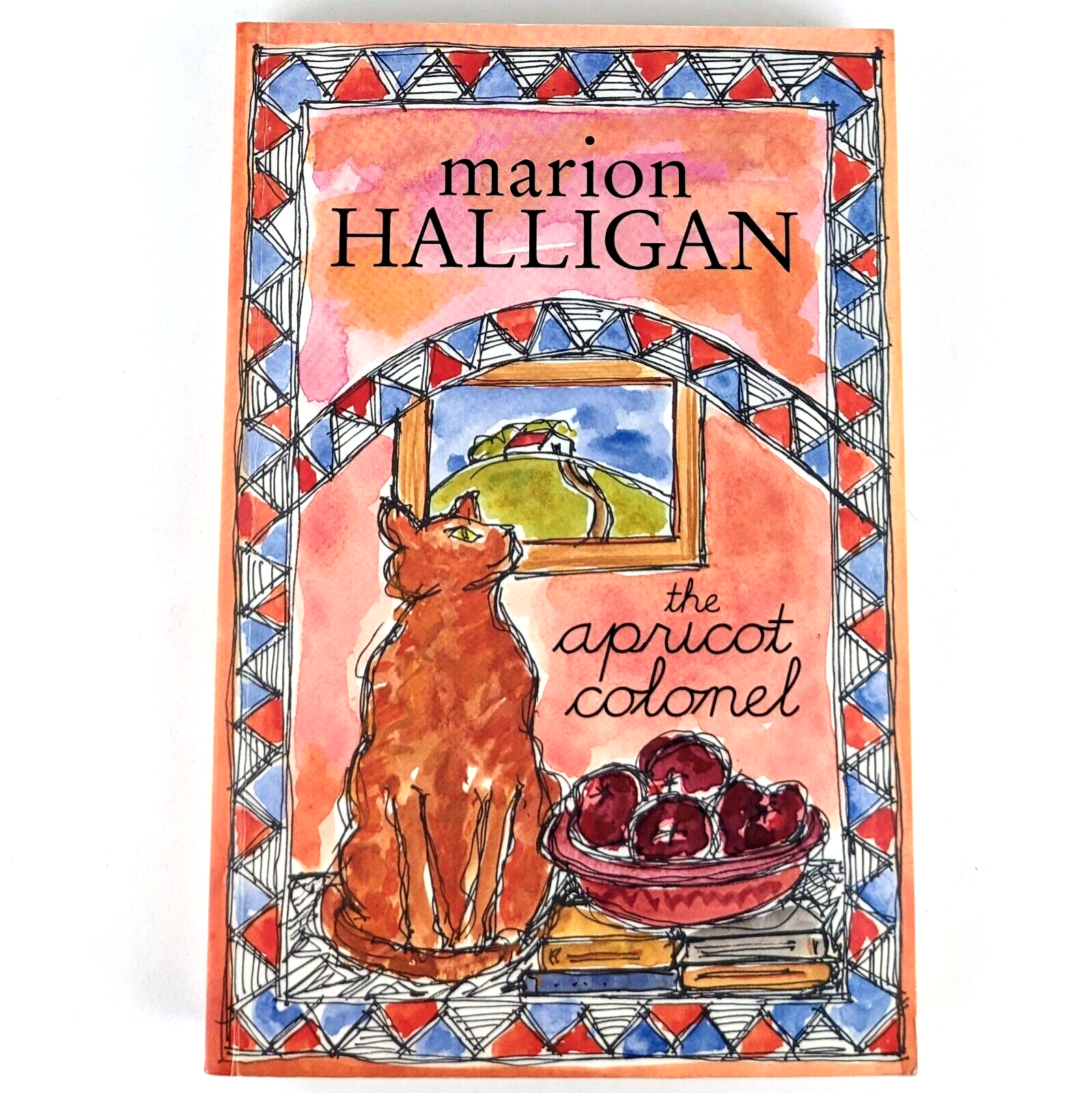
- Free Article: No
- Contents Category: Fiction
- Review Article: Yes
- Article Title: Shrewd editorial advice
- Online Only: No
- Custom Highlight Text:
The heroine of Marion Halligan’s latest novel has little time for reviewers. More often than not, she complains, they are ‘patronising ignorant nobodies’ who wouldn’t know a book from a biscuit. I will not hazard a biscuit metaphor, but I will venture a complaint. The Apricot Colonel is as elegantly written as any of Halligan’s novels. It provides the linguistic curios, surprising digressions and insights into storytelling that made Lovers’ Knots (1992), The Fog Garden (2001) and The Point (2003), among others, so exciting. Next to these, The Apricot Colonel is startlingly slight. In Halligan’s best novels, strong story lines tether the witty digressions and thoughtful asides together. In The Apricot Colonel, the plot never seems quite sturdy enough to hold them.
- Book 1 Title: The Apricot Colonel
- Book 1 Biblio: Allen & Unwin, $19.95 pb, 276 pp, 1741147662
- Book 1 Cover Small (400 x 600):

- Book 1 Cover (800 x 1200):

Having agreed to edit a retired colonel’s memoirs, Cassandra Travers journeys to his isolated house to meet him. As their relationship slowly deepens, a series of vicious murders makes Cassandra reluctant to go home to Canberra; for various slightly flimsy reasons, she worries that she may be next on the killer’s hitlist. A detective story of sorts ensues, interspersed with Cassandra’s half-hearted pursuit of romance and her reflections on storytelling, editing and our greed for the gruesome details of other people’s lives.
Halligan’s protagonists are nearly always contemplative types: writers, linguists, artists and priests, they are prone to learned asides. She has a knack for using the same few leitmotifs – food, wine, architecture – in a kind of counterpoint, deepening and complicating the main storyline while probing her characters’ obsessions. These motifs recur in The Apricot Colonel, but in an idiom well suited to the cautious, circumspect Cassandra. Fond of a well-composed metaphor, Cassandra offers us some beautiful ruminations on writing and editing. Instead of the sprawling erudition of recent novels, however, these are carefully constructed set pieces, pared of any imprecision by her sharp editorial pen:
Imagine: a house, large, spacious. But somehow the windows and doors are bricked up. There is no light or air inside, however palatian the rooms … Or: a building of fine quarried sandstone bricks. How beautiful they are. But no rooms inside, or passages, just beautiful sandstone blocks all crammed together. A deception, appearing to be a noble edifice, but instead a set of facades with no internal life.
I will turn them into spacious and elegant dwellings where people – writers, readers – can walk in and out, in contentment, and pleasure, even bliss.
With an editor’s eye for subtext, Cassandra is a keen observer of calculated gestures. From a writer’s choice of adverb to her date’s choice of wine, she is alert to affectation and wary when it fails. A suitor’s ostentatiously charming performance is ‘excellent but not quite there, not quite authentic. Not parodic, he never allows an edge of irony that might suggest parody, rather and just faintly amateur imitation.’ When a gesture is well executed, however, Cassandra is full of respect; her own name is an invention (lengthened from ‘Sandra’ to add gravitas and shortened from ‘Traverso’ by her migrant grandfather), and she understands the urge to pose. Her best friend Cleo appears ‘small and exquisite’, but her perfection is a well-choreographed act: ‘You see her dance with such grace and skill to this tune it all seems entirely carefree. But a dancer is no good if she lets you see the trouble and pain her performance costs her. Cleo’s good; it’s all radiant ease.’
In such vignettes, the novel examines performance and deception from every angle, juxtaposing the many different lies that make up social intercourse. While constructing this edifice, however, Halligan neglects the plot. As a murder mystery and as a romance, The Apricot Colonel is unconvincing. Neither storyline is developed with much gusto; there is no real attempt to build suspense or to foil our expectations. The blurb promises a ‘romp’, and I thought perhaps that this would mean a parody or farce. The book is certainly funny, but this is owing to witty dialogue and amusing observations rather than to any playful engagement with the detective genre.
There is much in this novel to enjoy. As usual, Halligan writes eloquently about all manner of subjects. Without a compelling plot, however, the book fails to achieve the cohesion of Halligan’s strongest work. In her best novels, the erudite asides and whimsical digressions add, subtly and indirectly, to the richness of the main storyline. Her characters face complex moral questions, and we care about their decisions; the learned detours nearly always serve to flesh out these central dilemmas. In The Apricot Colonel, the plot seems to have been constructed solely as a sort of clothesline on which to hang a series of meditations. The digressions are interesting and the conceits artfully done, but they are too much for the shaky plot to bear. Halligan is one of our most erudite and original novelists, and has many fine books behind her: this latest could have used some of Cassandra’s shrewd editorial advice.


Comments powered by CComment